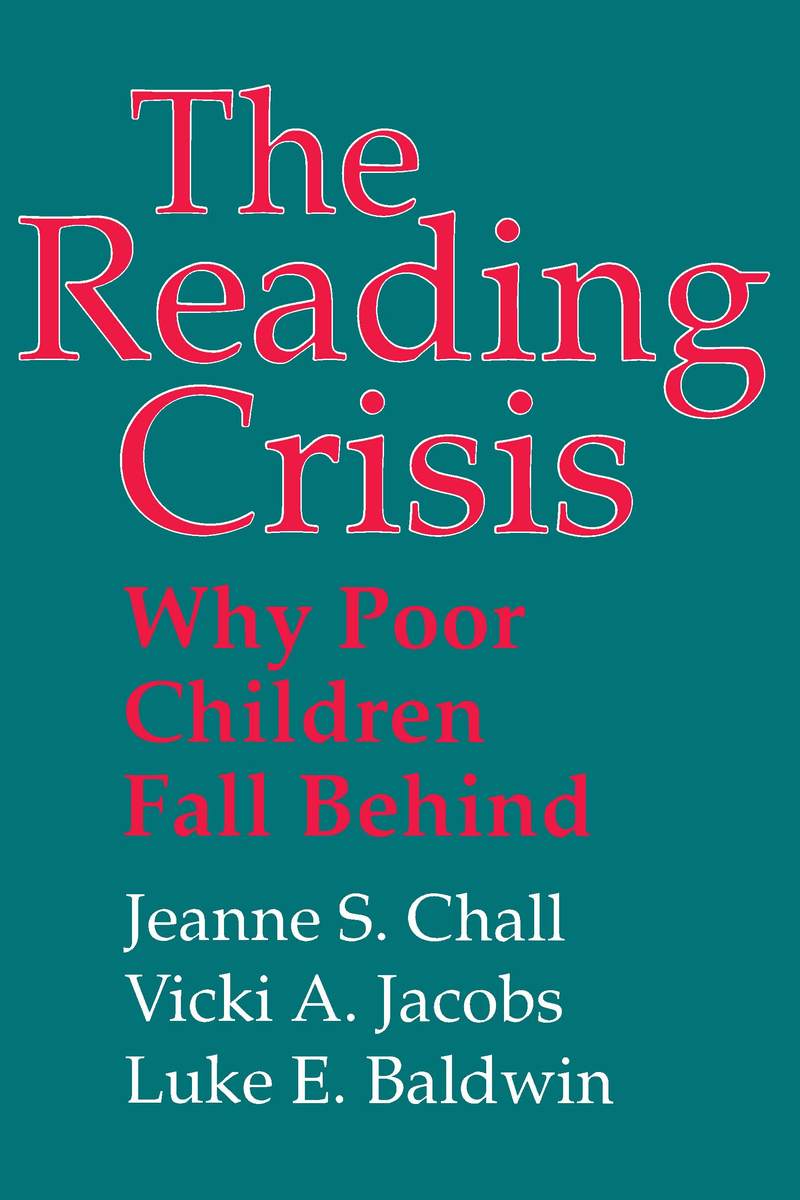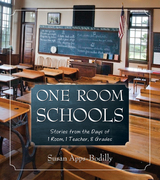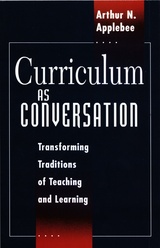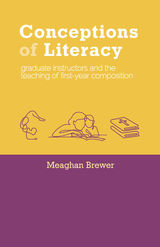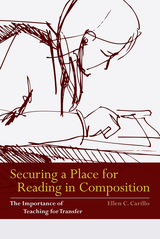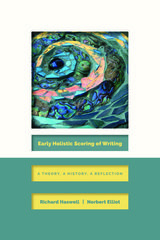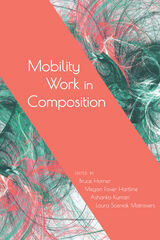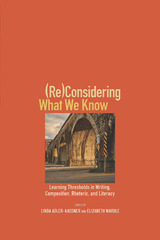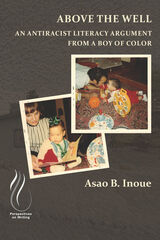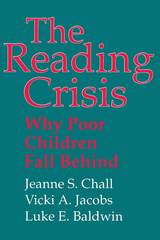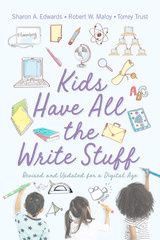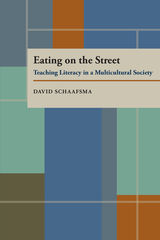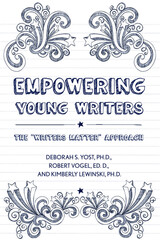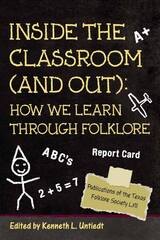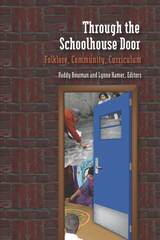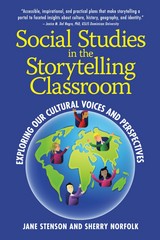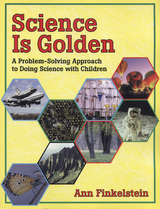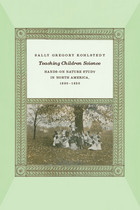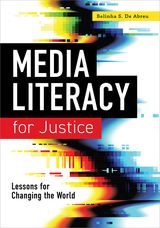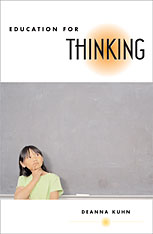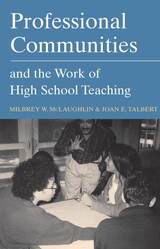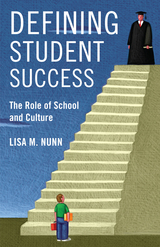Cloth: 978-0-674-74884-2 | Paper: 978-0-674-74885-9 | eISBN: 978-0-674-02935-4
Library of Congress Classification LB1576.C418 1990
Dewey Decimal Classification 372.6
How severe is the literacy gap in our schools? Why does the nine-year-old child from a culturally disadvantaged background so often fall victim to the fourth-grade slump? Although the cognitive abilities of these “children at risk” may be consistent with the norm, their literacy development lags far behind that of other children. In The Reading Crisis, the renowned reading specialist Jeanne Chall and her colleagues examine the causes of this disparity and suggest some remedies.
Using Chall’s widely applied model of reading development, the authors examine the strengths and weaknesses in the reading, writing, and language development of children from low-income families in an attempt to identify the onset of their difficulties. They show how, in the transition from learning the medium to understanding the message, the demands on children’s reading skills become significantly more complex. The crucial point is fourth grade, when students confront texts containing unfamiliar words and ideas that are beyond the range of their own experience. According to Chall’s findings, the lack of specific literacy skills—not cognitive factors—explains the deceleration in the reading and writing development of low-income children. The authors outline an active role for the schools in remedying weaknesses in literacy development, and give suggestions for the home and the community. Their recommendations address both practical issues in instruction and the teacher–student dynamic that fosters literacy development.
See other books on: Children with social disabilities | Evaluation | Language arts (Elementary) | Literacy | Organizations & Institutions
See other titles from Harvard University Press
